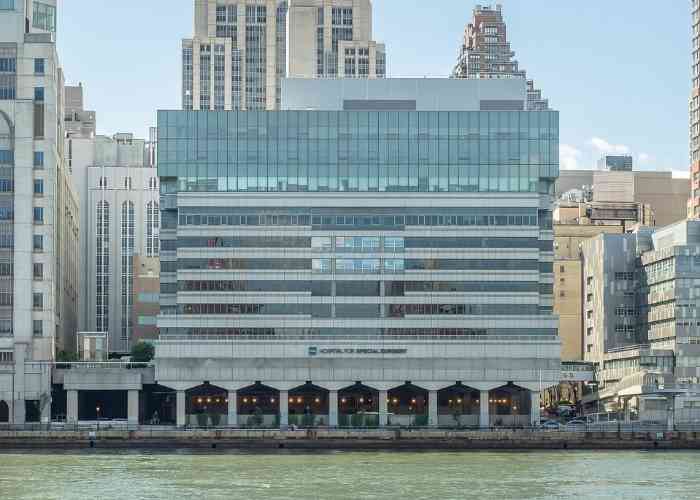What is knee osteoarthritis?
The connection of the upper end of the tibia (shin bone), the lower end of the femur (thigh bone), and the patella (knee cap) form the knee joint. There is a layer of smooth and slippery articular cartilage that covers the ends of these bones. This connective tissue plays a key role in joint movement as well as protecting the bones when they glide over one another with bending and straightening of the knee. Although there are more than 100 forms of arthritis, osteoarthritis is the most common form affecting the knee joint. This condition is characterized by the normal “wear-and-tear” of the cartilage that occurs with aging. The gradual erosion of the articular cartilage decreases the space between the bones and can result in bone-on-bone movement. The knee pain and stiffness associated with this condition develops slowly and worsens over time.

What is the treatment for knee osteoarthritis?
In patients with mild to moderate osteoarthritis, conservative therapies such as rest, ice, and physical therapy may be adequate at diminishing the knee pain and stiffness. However, if conservative therapy is unsuccessful, or when the knee pain is debilitating and affects normal daily activities, surgical intervention may be necessary to restore the articular cartilage. Advancements in technology and surgical techniques have provided effective treatment options to treat knee osteoarthritis without performing a total knee replacement. Dr. Answorth A. Allen, orthopedic knee surgeon, treats patients in Manhattan, New York City, Westchester, Long Island and surrounding areas who have experienced knee osteoarthritis and are in need of surgical knee osteoarthritis treatment.
How is knee osteoarthritis treated?
Knee osteoarthritis can be treated by a number of surgical procedures. These techniques are highly individualized to each patient’s specific condition and should only be performed by an orthopedic knee surgeon that is proficient in osteoarthritis. Dr. Allen has several joint preservation options available that have proven joint-saving benefits. Some of the biologic treatments offered include:
- Visco Gel
- HA: Hyaluronic Acid
- PRP: Platelet Rich Plasma
- BMAC: Bone Marrow Aspirate Concentrate
What is the recovery period like after knee osteoarthritis treatment?
The recovery period following knee osteoarthritis treatment is based on the particular surgical method performed by Dr. Allen. Patients in New York can typically expect knee immobilization with a brace or another device and weight-bearing with the assistance of crutches for several weeks following surgery. Pain and inflammation are managed with a combination of rest, ice, and non-steroidal anti-inflammatory medications. Dr. Allen may prescribe stronger pain medications to be taken as directed. A physical rehabilitation program will be designed to knee range of motion, strengthen the quadriceps muscle, and restore joint function. Participation in this physical therapy program is the key to a patient’s success following knee osteoarthritis treatment.
Knee Osteoarthritis Surgeon

Osteoarthritis is a knee condition that often occurs with age. As you age, the cartilage in the knee wears down, causing pain and stiffness with movement. There are several successful biological treatments than can be offered to reduce pain and preserve the knee joint. Complex knee expert Doctor Answorth Allen provides diagnosis and treatment for patients in Manhattan, New York City, Westchester, Long Island and surrounding areas. Contact Dr. Allen’s team today!






